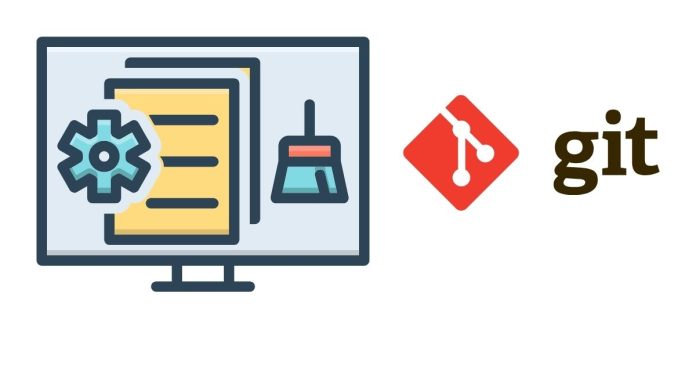If you’re a developer who works with Git, you may encounter scenarios where clearing the Git local cache becomes necessary. This blog post will guide you through understanding when and why you might need to clear the cache, and provide step-by-step instructions on how to do it.
Why Clear Git Local Cache?
Git’s local cache stores information to optimize performance, but there are instances where outdated or incorrect data can cause issues. Common scenarios include:
- Updated Remote Repository: The remote repository has changed, but your local cache still holds outdated references.
- Authentication Errors: If credentials have been updated, the cached credentials might cause access problems.
- Submodule Changes: When submodules are updated or removed, cached data can result in inconsistencies.
- Clearing Corrupt Data: Corrupted cache files might prevent normal Git operations.
How to Clear Git Local Cache
Here are some common methods to clear different parts of the Git cache:
1. Clearing Cached Files
If you’ve added files to the staging area (index) but want to remove them without affecting the working directory:
git rm –cached <file>
To remove all files from the cache:
git rm -r –cached .
Then re-add the files and commit:
git add .
git commit -m “Clear cached files”
2. Clearing Git Credential Cache
To clear cached credentials:
- If you’re using a credential helper like
credential-cache:
git credential-cache exit
- For other helpers, such as
storeormanager, refer to their specific documentation for clearing credentials.
3. Clearing Git Object Cache
If the repository’s objects are corrupted, you can clear and rebuild the cache:
rm -rf .git/objects
# Rebuild the object database
git fetch –all
4. Clearing Remote Repository Cache
To clear outdated references to the remote repository:
git remote prune origin
This command removes stale branches that no longer exist on the remote.
5. Clearing Git Submodule Cache
If submodules have been removed or updated:
rm -rf .git/modules
Then initialize and update submodules again:
git submodule update –init –recursive
Best Practices to Avoid Cache Issues
- Regular Cleanup: Periodically prune old references and branches.
git gc –prune=now
2. Credential Management: Use secure methods like SSH keys for authentication to avoid frequent credential issues.
3. Review Before Commit: Use git status to verify changes before staging or committing.
Clearing Git’s local cache can resolve various issues and ensure smooth operation of your repositories. By understanding how to manage different parts of the cache effectively, you can maintain a clean and efficient workflow. Remember to back up your work before performing significant cache operations to avoid accidental data loss.


